- Home
- Features
- Movies/Media
- Collectibles
- Comics/Books
-
Databases
-
Figure Database
>
-
X-Plus Toho/Daiei/Other
>
- X-Plus 30 cm Godzilla/Toho Part One
- X-Plus 30 cm Godzilla/Toho Part Two
- X-Plus Large Monster Series Godzilla/Toho Part One
- X-Plus Large Monster Series Godzilla/Toho Part Two
- X-Plus Godzilla/Toho Pre-2007
- X-Plus Godzilla/Toho Gigantic Series
- X-Plus Daiei/Pacific Rim/Other
- X-Plus Daiei/Other Pre-2009
- X-Plus Toho/Daiei DefoReal/More Part One
- X-Plus Toho/Daiei DefoReal/More Part Two
- X-Plus Godzilla/Toho Other Figure Lines
- X-Plus Classic Creatures & More
- Star Ace/X-Plus Classic Creatures & More
-
X-Plus Ultraman
>
- X-Plus Ultraman Pre-2012 Part One
- X-Plus Ultraman Pre-2012 Part Two
- X-Plus Ultraman 2012 - 2013
- X-Plus Ultraman 2014 - 2015
- X-Plus Ultraman 2016 - 2017
- X-Plus Ultraman 2018 - 2019
- X-Plus Ultraman 2020 - 2021
- X-Plus Ultraman 2022 - 2023
- X-Plus Ultraman Gigantics/DefoReals
- X-Plus Ultraman RMC
- X-Plus Ultraman RMC Plus
- X-Plus Ultraman Other Figure Lines
- X-Plus Tokusatsu
- Bandai/Tamashii >
- Banpresto
- NECA >
- Medicom Toys >
- Kaiyodo/Revoltech
- Diamond Select Toys
- Funko/Jakks/Others
- Playmates Toys
- Art Spirits
- Mezco Toyz
-
X-Plus Toho/Daiei/Other
>
- Movie Database >
- Comic/Book Database >
-
Figure Database
>
- Marketplace
- Kaiju Addicts
|
The War of the Gargantuas (フランケンシュタインの怪獣 サンダ対ガイラ Furankenshutain no Kaijū: Sanda tai Gaira, lit. Frankenstein's Monsters: Sanda vs. Gaira) is a 1966 Japanese-American kaiju film co-produced by Toho and UPA. The film is directed by Ishirō Honda, with special effects by Eiji Tsuburaya and stars Russ Tamblyn, Kumi Mizuno, Kenji Sahara, Jun Tazaki, with Yû Sekida as Sanda and Haruo Nakajima as Gaira. The film is a sequel to the 1965 film Frankenstein Conquers the World and tells the story of two giant, hairy humanoid monsters that were spawned from the discarded cells of Frankenstein's monster from the previous film. A green one raised in the sea named Gaira (ガイラ, from kai, "sea") is violent and savage, while a brown one who resides in the Japanese Alps, named Sanda (サンダ, from san, "mountain") is friendly and docile. The film follows the investigation and military engagements of these creatures until their climactic confrontation in Tokyo. The film was released in Japan on July 31, 1966 and released theatrically in the United States in 1970 by Maron Films where it played nationwide on a double bill with Monster Zero.
Another boat is attacked and the people of a fishing village see the gargantua off the coast at the same time that a mountain guide reports seeing the gargantua in the Japanese Alps. So, Dr. Stewart and Akemi go to visit the mountains and send their assistant, Dr. Majida (Kenji Sahara), to look at the evidence in the fishing village. Dr. Majida finds tissue stuck to the side of the fishing boat while Dr. Stewart and Akemi find giant footprints in the snow. In the meantime, Gaira comes ashore and attacks an airport. As he munches on a woman he's pulled from inside a building, the sun appears from behind the clouds. Apparently, the gargantua doesn't like bright light and runs back to the sea. After Gaira attacks Tokyo at night, the residents are urged to turn on all of their lights and open their shades to drive him out of the city. He begins to retreat to the mountains and is met by the Japanese Self Defense Force, who use giant spotlights and bonfires to corral Gaira into a valley. Although conventional tanks, artillery, and machine guns have little effect on him, a newly constructed weapon — Maser Cannons — badly injures Gaira. Bloodied and bruised, Gaira falls into the river and appears defeated. Suddenly, a larger, brown gargantua comes to his aid. Sanda, as he is known, pulls Gaira from the river and away from the military. It turns out that Sanda is the gentle gargantua that Dr. Stewart and Akemi have studied years ago. This is confirmed when the scientists encounter Sanda in the mountains and he rescues Akemi from falling to her death, risking his own life and breaking his leg in the process. However, he has become leery of humans after seeing Gaira's horrific injuries and quickly vanishes once again. Later, he catches Gaira feasting on some boaters and attempts to kill him to stop the carnage. Unfortunately, he is hesitant about harming his brother and this, along with his broken leg, allows Gaira to overpower him before escaping to the sea. Dr. Stewart attempts to convince the military of Sanda's innocence and that blowing them up would simply scatter their cells all over the place, leading to the possibility of thousands of gargantuas, as the monsters can regenerate from even a tiny piece of tissue. The press and military remain skeptical. Gaira reappears in Tokyo, no longer afraid of the city lights, and corners Dr. Stewart and Akemi. Sanda arrives to save them once again and attempts to placate his brother, but Gaira is beyond reason and the confrontation escalates to a violent brawl, causing great destruction in the process. The battle eventually leads out to sea, where the military begins an aerial bombardment. Unfortunately, the bombs disturb a giant underwater volcano, and the two monsters are engulfed in smoke and fire. By the time the volcanic cloud dissipates, both monsters have disappeared without a trace. Cast
Production Towards the end of 1965, Toho informed director Ishiro Honda that his director's contract would not be renewed. Seiji Tani, Honda's new chief assistant, spoke about actor Russ Tamblyn and Honda not agreeing on set, with Tamblyn often doing the exact opposite of Honda instructed, Tani stated: "Honda-san had to hold back and bear so much during that one. [Russ Tamblyn] was such an asshole" Tamblyn felt his lines in the film were so bad that he improvised them all. The film was originally announced as The Frankenstein Brothers, then The Two Frankensteins, Frankenstein vs. Frankenstein, Frankenstein's Decisive Battle, and Frankenstein's Fight during script writing processes. The film was originally intended as a sequel to Frankenstein Conquers the World, with Honda biographers Ryfle and Godziszewski noting that the continuity between the two films was "somewhat fuzzy". The film was created quickly, with writer Kimura's final draft on the screenplay being dated 23 April 1966. Honda shot the films dramatic footage between May 9 to June 4 with Tsuburaya's special effects crew finishing in mid July. The American version had Honda shoot additional scenes and UPA had Toho release the negatives and outtakes and other footage such as sound and music elements. Release The War of the Gargantuas was released theatrically in Japan on 31 July 1966 where it was distributed by Toho. Tamblyn's voice is dubbed for the Japanese version. Toho commissioned an English dub from Frontier Enterprises, a Tokyo-based company, for international territories. Referred to as the "international dub", this version is a direct translation of the Japanese version, keeping references to Frankenstein and even having Russ Tamblyn's English dialogue dubbed over by another actor. Toho's international dub remained unreleased until late 2017 when the film and other Godzilla titles appeared on Starz's streaming service after Janus Films and The Criterion Collection obtained the rights to the films. Co-producer Henry G. Saperstein commissioned an English dub (separate from Toho's international dub) from Glen Glenn Sound, a Los Angeles-based company, for the film's United States release. This version omits all references to Frankenstein Conquers the World, with the creatures being referred to as "Gargantuas" instead of "Frankensteins". This version also includes exclusive footage not included in the Japanese version, which includes introducing Dr. Stewart earlier and visiting the boat survivor in the hospital, making the US version run at 92 minutes. The Glen Glenn English dub received a theatrical release in the United States as War of the Gargantuas on July 29, 1970 where it was double billed with Monster Zero, which was also dubbed by Glen Glenn Sound. The film was distributed by Maron Films. The film is significantly altered on its United States release. In the United Kingdom, the film was titled Duel of the Gargantuas. War of the Gargantuas and Monster Zero were intended to be released earlier, however, distributors didn't think either film had potential until 1970 when Saperstein made a deal with Maron Films.
Home media In 2008, Classic Media released a 2-disc DVD of the film as a double feature with Rodan. Both films included their original Japanese version and US English versions, with Rodan presented in its native Fullscreen scope and War of the Gargantuas in its original widescreen ratio. This release also features the documentary Bringing Godzilla Down to Size, detailing the history of the genre and tokusatsu techniques of the genre. In 2010, Toho released the film on Blu-ray which includes special features such as an audio commentary by Kumi Mizuno, outtakes, trailers, and behind the scenes photo galleries.
0 Comments
Leave a Reply. |
Release Dates
November 2023
|
|
© 2011-2024 Kaiju Battle. All Rights Reserved.
|
Visit Our Social Media Sites
|
Proudly powered by Weebly
|
- Home
- Features
- Movies/Media
- Collectibles
- Comics/Books
-
Databases
-
Figure Database
>
-
X-Plus Toho/Daiei/Other
>
- X-Plus 30 cm Godzilla/Toho Part One
- X-Plus 30 cm Godzilla/Toho Part Two
- X-Plus Large Monster Series Godzilla/Toho Part One
- X-Plus Large Monster Series Godzilla/Toho Part Two
- X-Plus Godzilla/Toho Pre-2007
- X-Plus Godzilla/Toho Gigantic Series
- X-Plus Daiei/Pacific Rim/Other
- X-Plus Daiei/Other Pre-2009
- X-Plus Toho/Daiei DefoReal/More Part One
- X-Plus Toho/Daiei DefoReal/More Part Two
- X-Plus Godzilla/Toho Other Figure Lines
- X-Plus Classic Creatures & More
- Star Ace/X-Plus Classic Creatures & More
-
X-Plus Ultraman
>
- X-Plus Ultraman Pre-2012 Part One
- X-Plus Ultraman Pre-2012 Part Two
- X-Plus Ultraman 2012 - 2013
- X-Plus Ultraman 2014 - 2015
- X-Plus Ultraman 2016 - 2017
- X-Plus Ultraman 2018 - 2019
- X-Plus Ultraman 2020 - 2021
- X-Plus Ultraman 2022 - 2023
- X-Plus Ultraman Gigantics/DefoReals
- X-Plus Ultraman RMC
- X-Plus Ultraman RMC Plus
- X-Plus Ultraman Other Figure Lines
- X-Plus Tokusatsu
- Bandai/Tamashii >
- Banpresto
- NECA >
- Medicom Toys >
- Kaiyodo/Revoltech
- Diamond Select Toys
- Funko/Jakks/Others
- Playmates Toys
- Art Spirits
- Mezco Toyz
-
X-Plus Toho/Daiei/Other
>
- Movie Database >
- Comic/Book Database >
-
Figure Database
>
- Marketplace
- Kaiju Addicts

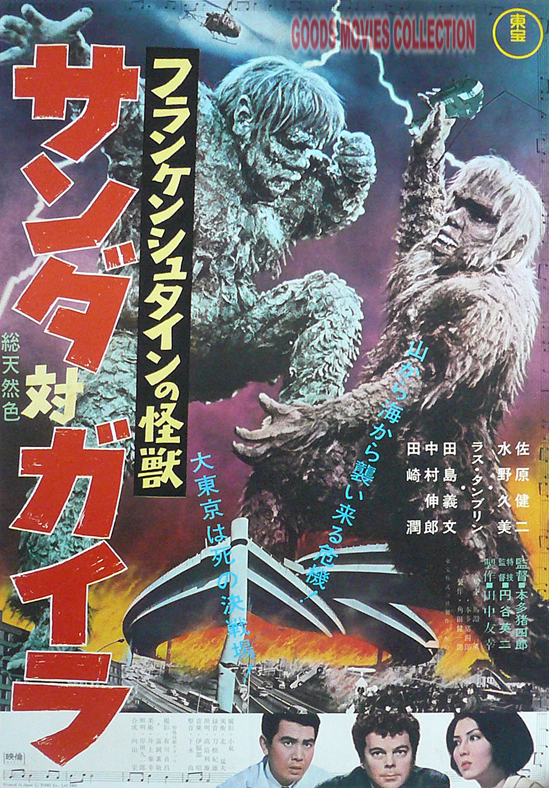
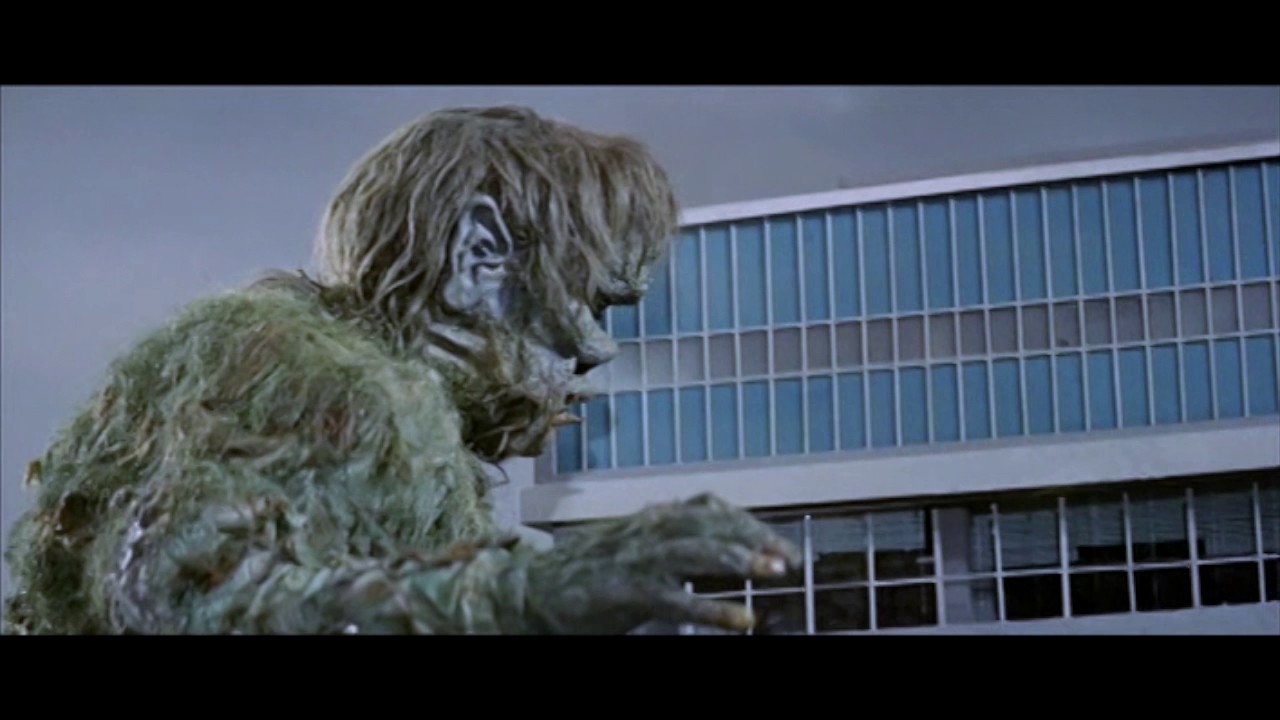
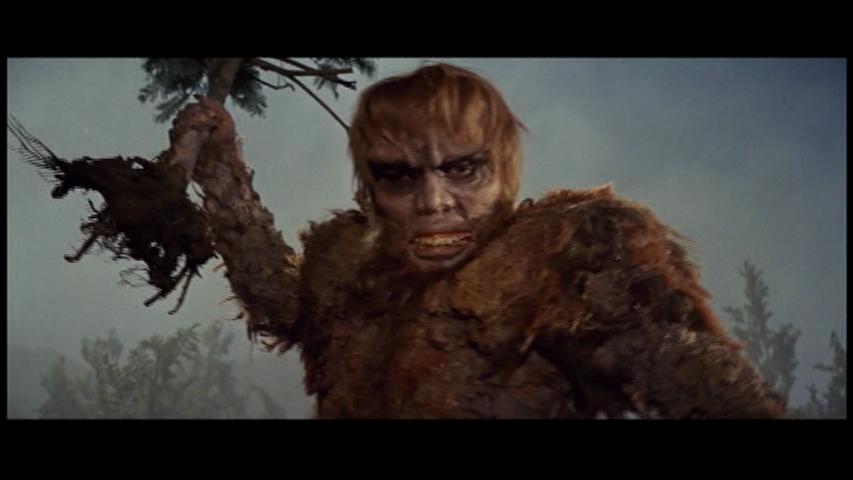
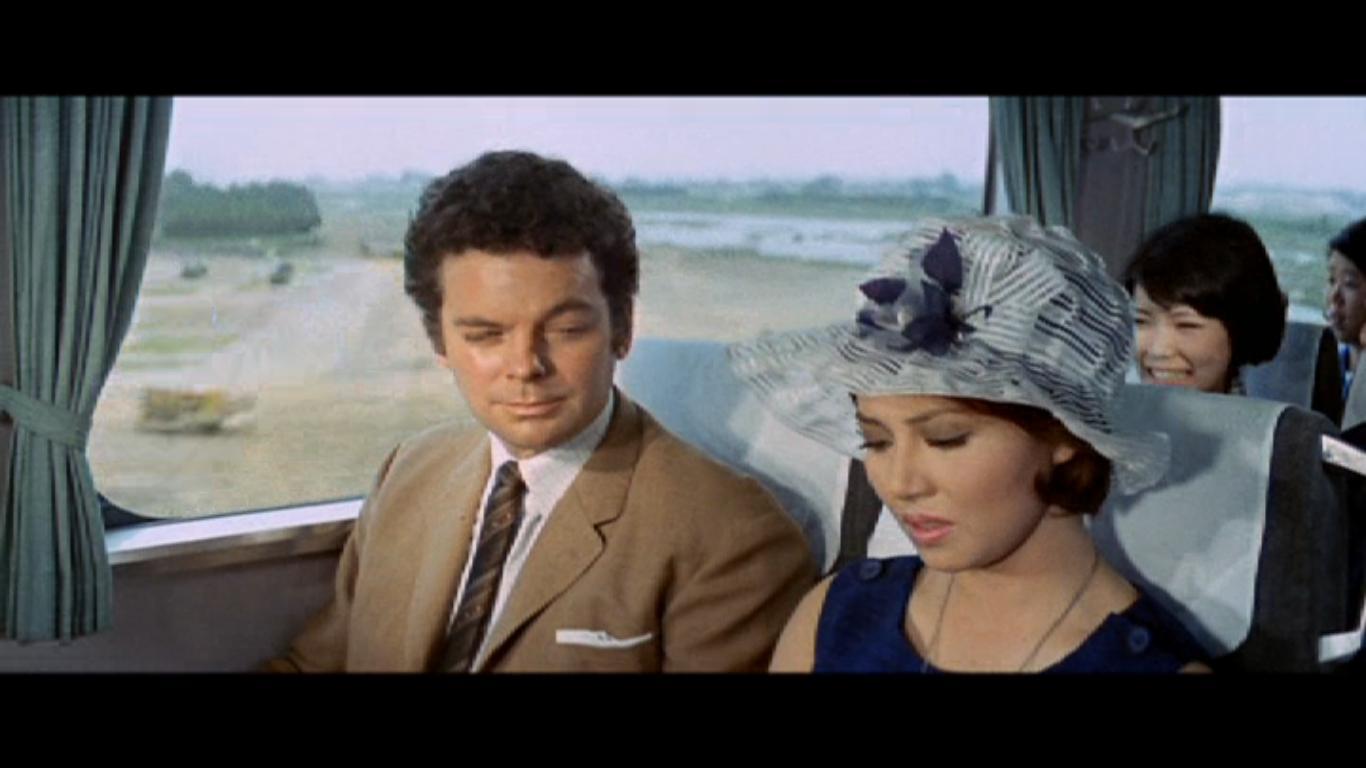
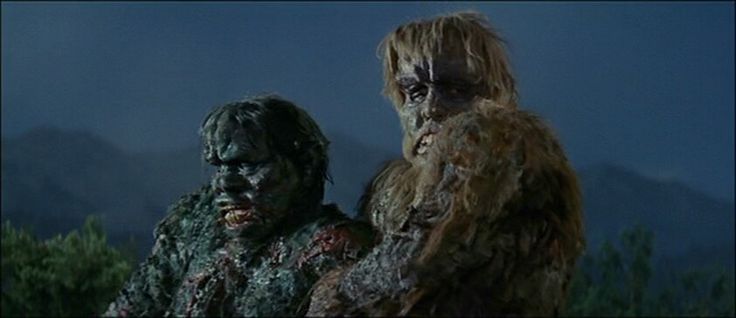
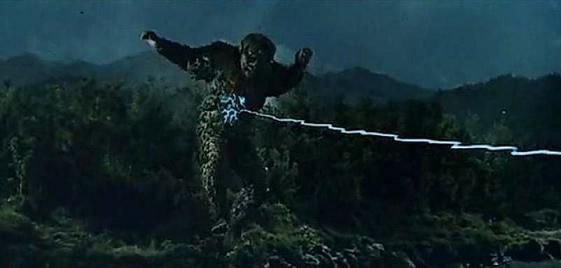
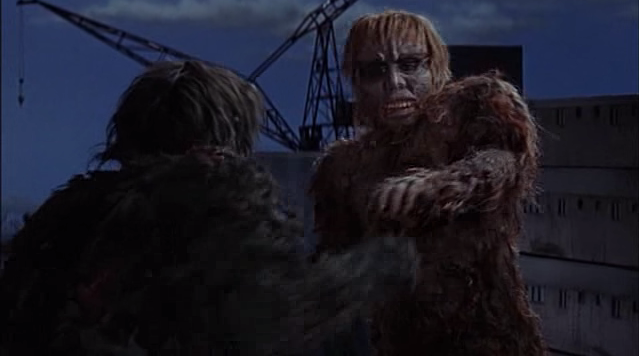
 RSS Feed
RSS Feed